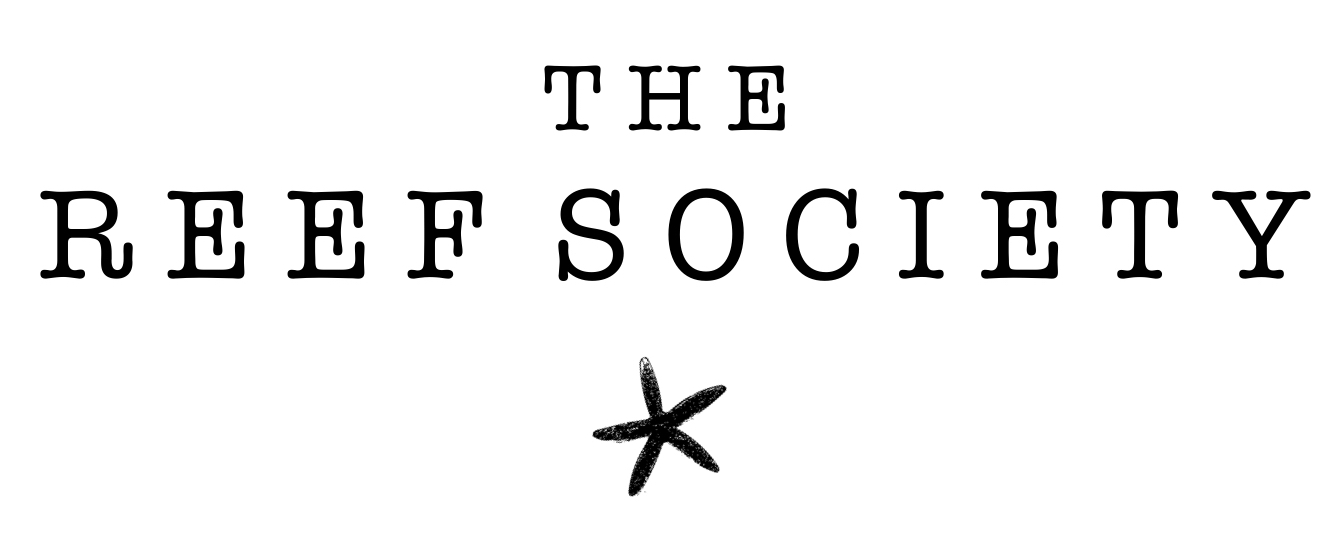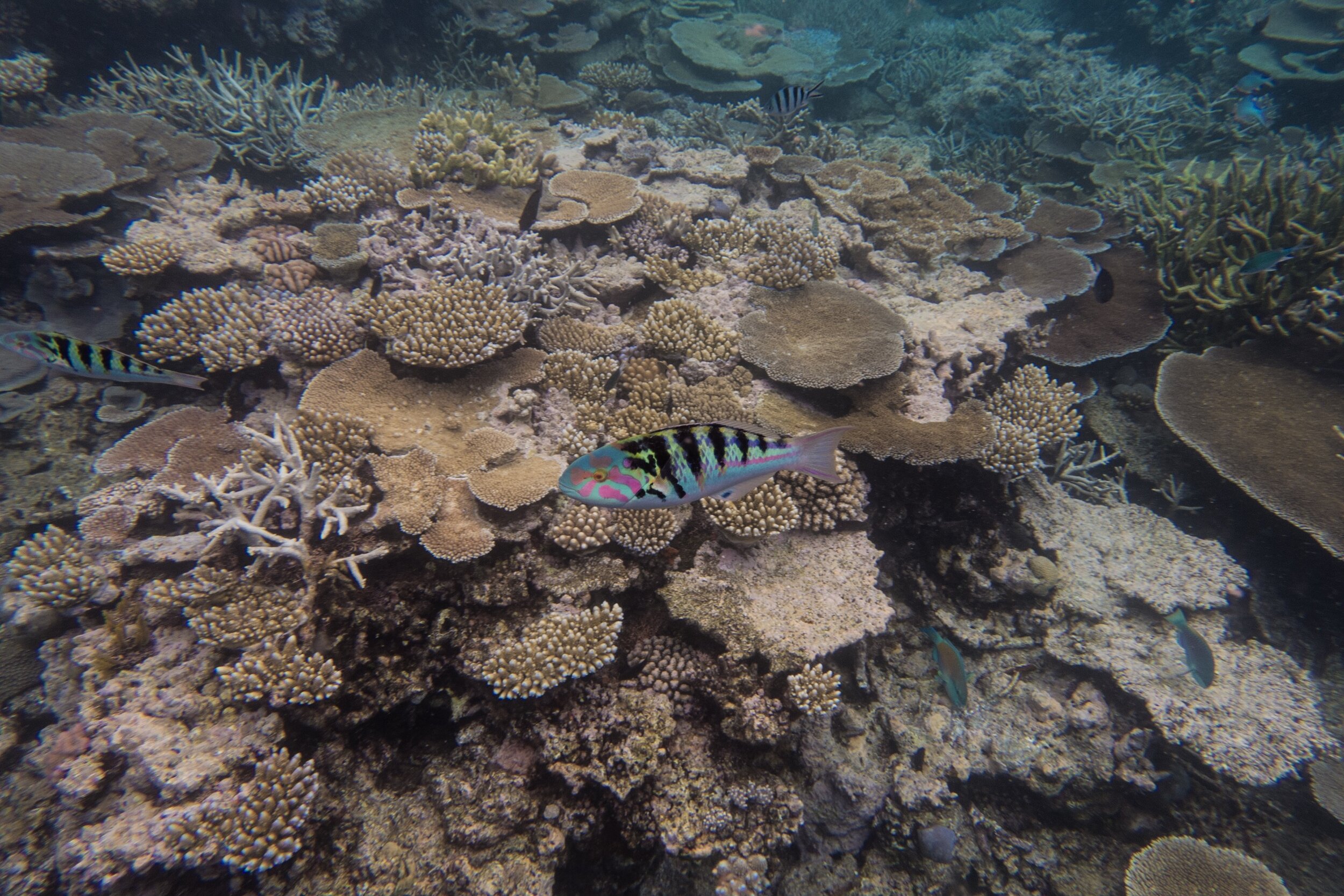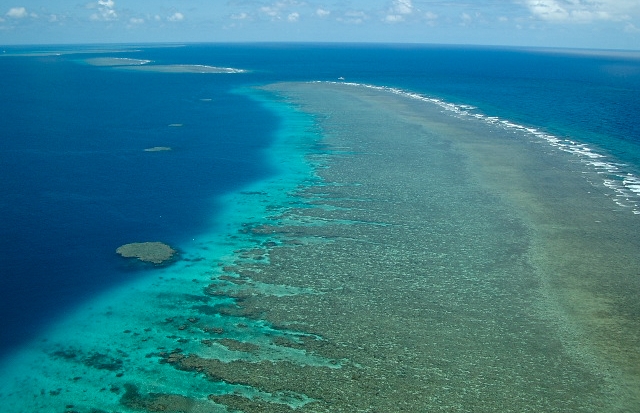What is the reef worth to us? Its THE main attraction for Australian visitation. Especially here in Cairns and Tropical North Queensland. Its the region’s economic engine room. Its also our heart and soul and most of us would say its beyond value. But here today, you’re the experts, while I won’t be telling you anything new, I have taken many people out to the reef, of all ages and walks of life - and so it is from the layman’s perspective that I’d like to share some thoughts about communicating the innovative science and management initiatives you are undertaking in the context of the whole of the reef story.
The reef has a powerful social, even spiritual worth, let alone environmental value. In economic terms, Deloittes have estimated its worth at $56b (most of this associated with it iconic brand value - the reef is something that people all over the world are passionate about). Annual revenue from the reef amounts to >$6b (mostly tourism) and supports 65,000 jobs around Australia.
If, even in the face of global challenges, the GBR is a shining light to the world in best practice management and scientific initiatives, it instills confidence and optimism. A magnet of hope so to speak. Its value increases.
We all have a vested interest in making sure the reef remains valuable and important to a lot of people. Our industry works with the travel industry around the world every day - and especially in Europe and North America, they are telling us that the reef is dead. That is our greatest single challenge because its hard to get past that single statement in a conversation. Feelings of indifference or helplessness towards the reef is a contagious disease the reef cannot afford.
The recent bleaching events were a shock to us all and have been an impetus to re-examine our approach. Many of you are creating a toolbox of initiatives that enhance resilience and explore restoration opportunities, particularly for high value sites. This is a story that needs to be told for the reef’s sake - and the tourism industry wants to help you tell it.^
My key points today; The reef is inherently granular in space and time. It’s triple bottom line value is priceless and its economic value is focussed into a tiny geographic footprint. The cost/benefit of resilience and restoration work is part of the equation. What you say about your work matters- the world is listening.^
Reef Granularity, Scale and variability
Temporal and spatial variability are inherent characteristics of the GBR on multiple scales.Communicating this simply and clearly to a lay audience is difficult regardless of the actual state of reef health.
^Within one reef are the zones, largely driven by predominant SE trade winds, each with characteristic and different wave action and current flow, oxygenation and exposure at low spring tides.^
On a whole reef scale, its size is often referred to as similar to Italy or Japan. This is problematic in itself because its most definitely not one solid structure, as most people are used to, when you think of a country. I remember once on Quicksilver an older German gentlemen in his hiking boots with a pack, told me he was going to get off when we got to Agincourt Reef and walk down to the bottom end off Gladstone where he was getting picked up by a trawler!
From south to north , it changes from the wide continental shelf with scattered reefs to the ^ narrower northern shelf with its line of outer reefs
Even down to the scale of metres there is dramatic variability - I’ll just use my favourite example of this, 2 bommies behind one of the Ribbons I’ve called chalk and cheese. One, Chalk, is a bomb site from cyclones that blew from the north a few years ago, and the other one, protected by its neighbour, is a thriving kaleidoscope of corals and fish. ^
When you then throw the variable of time into the mix, it gets even more complex. One of my all time favourite spots just north of here, was pretty ordinary from storm damage 20 years ago, it flourished with plate corals and by 2016 was truly extraordinary; it survived the first bleaching pretty well only to be hit hard in 2017. But still, I’m seeing all along the northern reefs, those small seeds of hope as young Acroporas and Pocillopora’s begin to sprout.
Then if we look on the scale of a few thousand of years, outer reefs that were dry land at the ocean edge are now flooded; in hours a Cyclone can create a bomb site; and over months COTS, bleaching or declining water quality can insidiously creep a decline in coral cover. Its messy, complex and just about impossible to wrap a soundbite around. ^
Tourism and the reef’s economic value
Just 7% of the reef’s footprint is used for tourism, most of it, primarily islands and pontoons, sits on only 1% of the whole reef. As Frank Mars has shown in Bali - small scale restoration is already practical and achievable.^
Of the $6.5b annual revenue, $5.7 is derived from tourism related activities.
Just looking off Cairns you can see the variety of reef shapes and positions across the shelf frequented by tourism operators, from inner to mid to outer.
Quite often reef sites have been chosen for their aesthetic appeal - and often that means they already are relatively high in coral cover or fish life.^
As well, many reef operators have invested in care of their own back yards for years, for example controlling COTS.
So where does Natural and Nurtured Resilience fit and what is the role of Reef Restoration?
Coral reefs have proven remarkably resilient as they’ve evolved over millions of years, being left high and dry in ice ages, flooded, heated and cooled. In the era of the Anthropocene unprecedented threats of poor water quality, pests such as COTS and global climate change challenge this natural resilience. That natural resilience needs nurturing. Broad scale strategies that nurture resilience are core to the Reef 2050 plan.
However, with such a small reef footprint used for tourism driving 85% revenue, investing in reef resilience and reef restoration at key sites makes sense. Even using these small areas as trial sites for larger scale interventions, ensuring these sites of high economic value are nurtured, is a way of showcasing applied science and management to visitors every day.
Reef Restoration must still make sense in a triple bottom line cost/benefit equation. However, it is likely to have a key role to play in lifting the economic value of the GBR by;
1. Delivering best practice science via pragmatic solutions and applied innovation
2. Conserving and preserving key high value sites (tourism)
ITS IN THE REEF’S INTEREST FOR US ALL TO TELL THE WHOLE STORY.
Communicating whole of reef context is vital. We have heard about collaboration and communication by just about every speaker today.
We all have a key role to play when we make comment on our work, because the GBR is in the global spotlight and your words are listened to by many. A lay audience needs to understand your findings within the context of the whole of the reef, including its complexity and scale. Failing to do this potentially threatens the way people think about the reef and its value, even leading to general pessimism and apathy. ^
Commentary based around statistics can be misleading if there is no context as the lay person has little idea of the granularity that is inherent in reef structures.
For example, many lay people would be surprised to know that live coral cover stats on a reasonably healthy reef could be as low as 30-35%. Stats and reef ecology are the forte of the few, not the many, so when we hear ^95% of reefs show signs of bleaching, its not immediately clear what that actually means.
We know the reef is challenged by global and local forces. There is outstanding work being done to enhance resilience, improve water quality and to develop a toolbox of local restoration measures, and this should be a lighthouse worldwide for management of tropical reefs.
^Science is the lens that should provide society with the closest possible perspective of the true reality of our natural world. But as with a magnifying glass, we sometimes are only examining a tiny portion of the cosmos, and must endeavour to understand and communicate our piece of the jigsaw as part of the greater realm.
The tourism industry can be your partners in reef story telling; we are the experience-sharers and the people who everyday can talk with our visitors about the best practice science and management that people here in this room are creating. The reef’s granularity in time and space, and that small bright spots of restoration can punch above their weight in contributing to the reef’s health as well as leveraging its economic value. The future Master Reef Guide program - a collaboration with AMPTO, TEQ and GBRMPA is a shining light for the future to help tell these unfolding stories.
So whether we are talking stats on mortality or bleaching; building resilience, site restoration or natural regeneration, don’t forget - the world is listening to your words!
Accurate, relevant and contextual commentary leads to a better understanding of our reef’s health. The tourism industry does not want to sugarcoat the truth - but we need our science and management partners to help share the whole of the reef’s story. Think like David Attenborough - with simple language our many voices can tell the grandest story of them all - the story of the reef. And remember - the world is watching and listening to you.
And optimism is a key ingredient for the reef’s future. Our problems are global and we are acting locally. Let’s bring everyone on the journey as we lead the world in best practice reef tourism, reef resilience and reef restoration.











